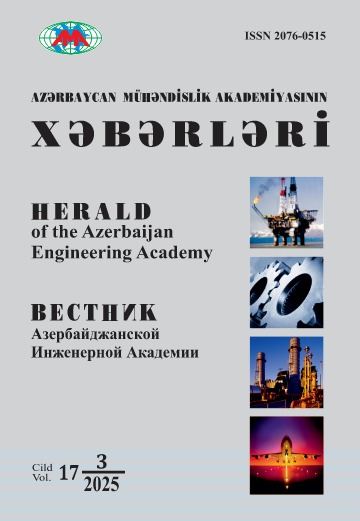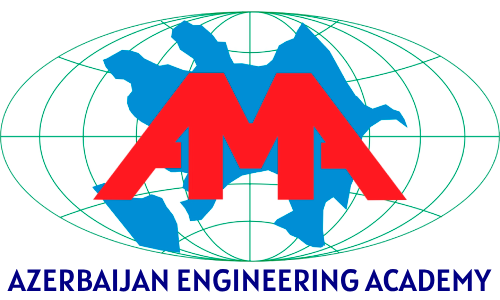Hydrogen Wear on Working Surfaces of Metal Components of Friction Brake
DOI:
https://doi.org/10.52171/2076-0515_2021_13_03_27_37Keywords:
braking devices, friction vapours, metallic friction element, crystal lattice, longitudinal and transverse wavesAbstract
The article examines the interaction between the periods of amplitudes of longitudinal waves of the surface micro-protrusions of rim and the crystal lattice of its material, which contributes to the growth of local gradients of pulsed specific stresses and flash temperatures during electro-thermo-mechanical friction. The interaction of external hydrogen with internal hydrogen located in the subsurface layer of the metal friction element is illustrated. As part of the study of hydrogen wear of the working surface of the pulley rim, the following were considered: adhesion, adsorption, diffusion in electric and thermal fields, and the stress-strain state of the pulley rim was also assessed. Means are proposed that prevent the release of hydrogen from the steel surface of the pulley rim by limiting the movement of its ions.
Downloads
Published
How to Cite
Issue
Section
License

This work is licensed under a Creative Commons Attribution-NonCommercial 4.0 International License.



